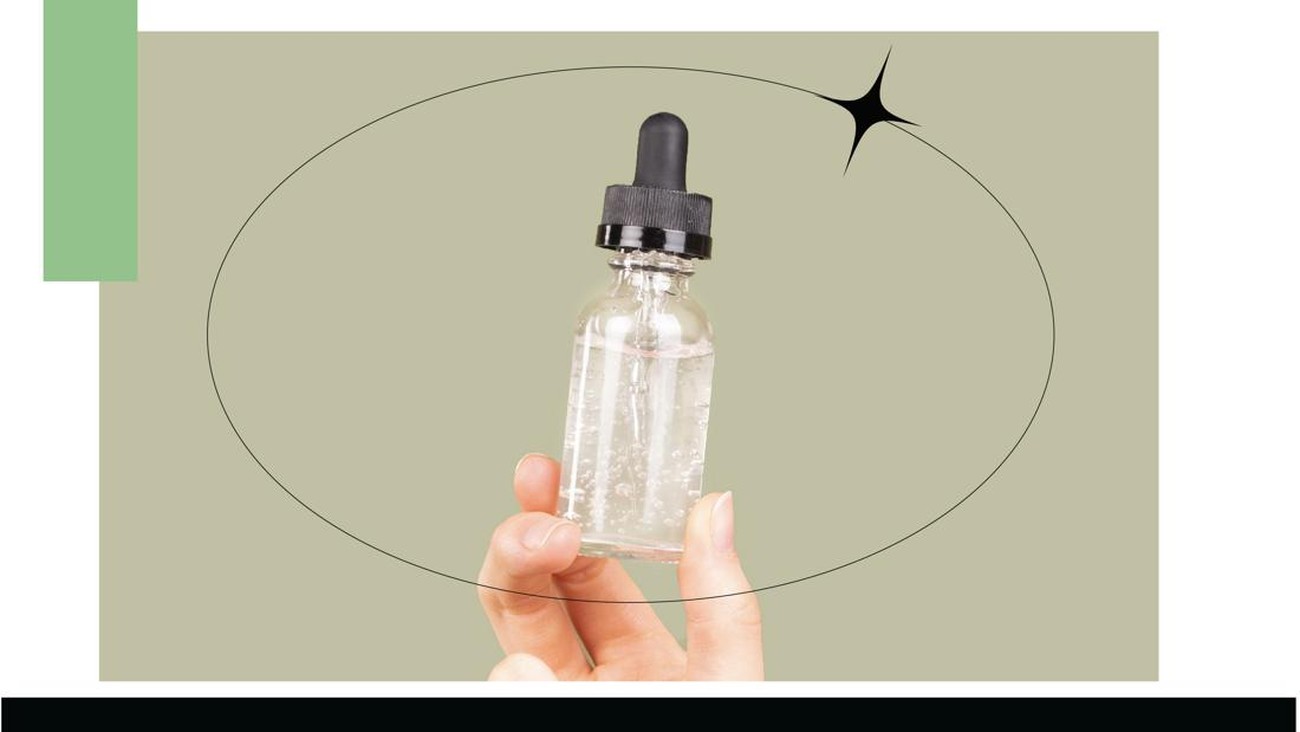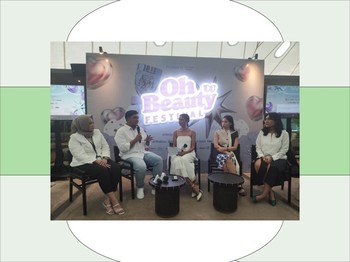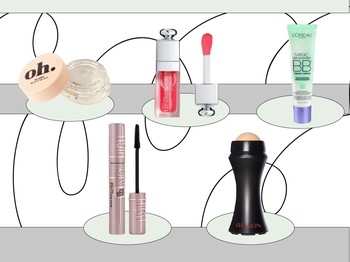Our skin naturally sheds dead skin cells to make room for new cells every 30 days or so. But during this process, sometimes dead skin cells don't shed completely, thus can result in dry, flaky patches and clogged pores. One thing to prevent your skin from getting these irritating problems is what we call as exfoliating. Exfoliating removes dead skin with the help of a chemical, granular substance, or exfoliation tool.
Exfoliation is as important as any other skincare step because it has the power to improve the appearance of your skin in several ways, such as making your skin look brighter, cleaner and most importantly, elevating your skincare products by enhancing absorption. According to Healthline, long-term exfoliating can increase collagen production, the key to glowing and vibrant skin.
For skincare lovers, the topic surrounding exfoliating is probably something you are already mastered in. But let's further break it down anyway!
First, there are two types of exfoliators, physical exfoliators and chemical exfoliators. Physical exfoliation is achieved with the help of beauty tools like sponges, washcloths, loofah, and so on. While chemical exfoliation, as you have probably figured, is achieved with support of different chemicals, including hydroxy acids and retinol. The chemical exfoliant is broken down into two types of chemicals, alpha hydroxy acids (AHAs) and beta hydroxy acids (BHAs). Even though they both work as an exfoliant, AHAs and BHAs work differently. Then, what's the difference between the two?
AHAs are a group of water-soluble acids commonly derived from sugary fruits. The most popular AHAs include glycolic acid, lactic acid, citric acid, tartaric acid, and malic acid. These acids can help to peel away the surface of your skin. BHAs, on the other hand, are oil-soluble that go deep into your hair follicles to dry out excess oils and dead skin cells to unclog your pores. Salicylic acid is the most commonly used BHAs and is well known for acne treatment as well as a treatment for calming redness and inflammation due to its antibacterial properties.
Again, both may have the magic power in removing your dead skins but each hydroxy acid has other properties that may be suitable for treating different skin conditions and improving certain skin features. For instance, salicylic acid causes less irritation compared with glycolic acid. But even though most AHAs offer more aggressive exfoliation, it is beneficial in repairing sun-damaged skin and improving the effects of aging.
Choosing the right exfoliant is a must, and you can start by examining your skin types and conditions. BHA seems to be more effective for treating acne and sensitive skin while AHAs such as glycolic acid may be effective in treating hyperpigmentation and suit dry skin more because their chemical is able to break through the surface layer of your skin, allowing your moisturizer to hydrate your new skin cells more effectively. All in all, never skip the exfoliating step in your skincare regime for a clearer and smoother complexion!



